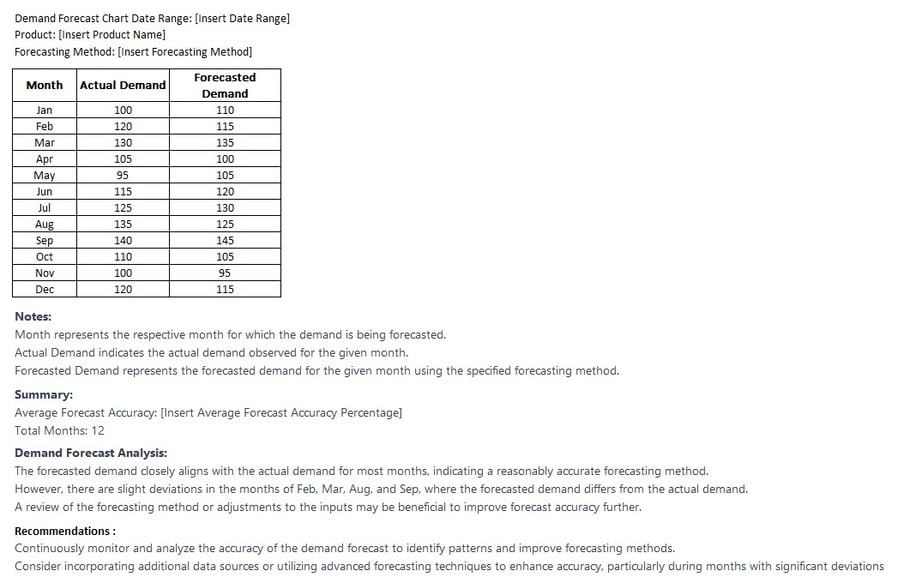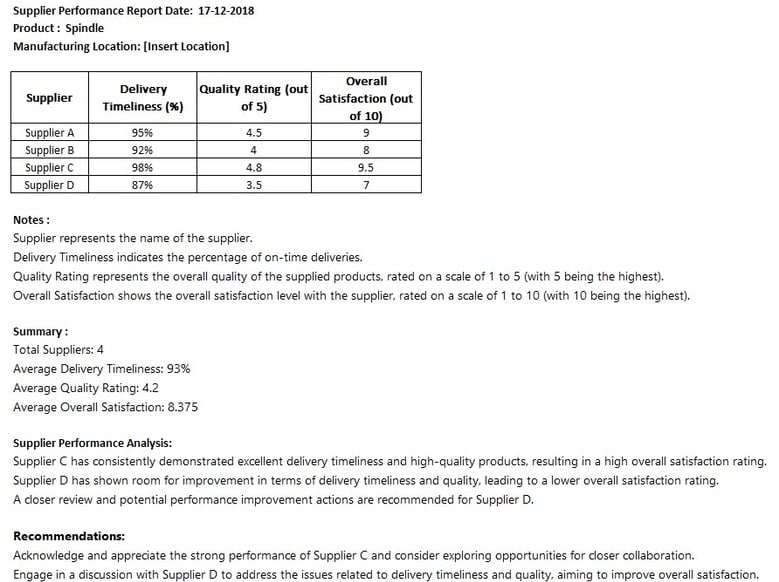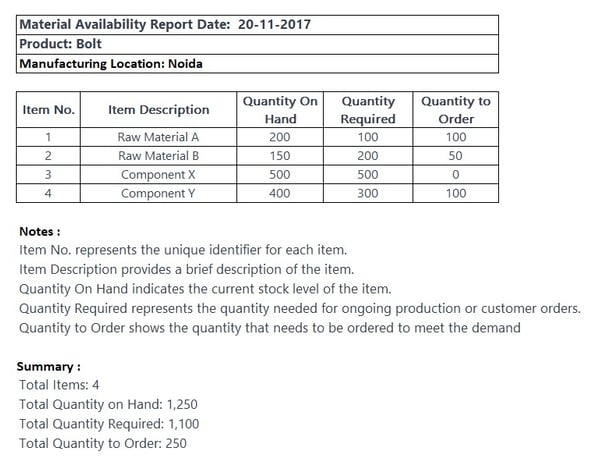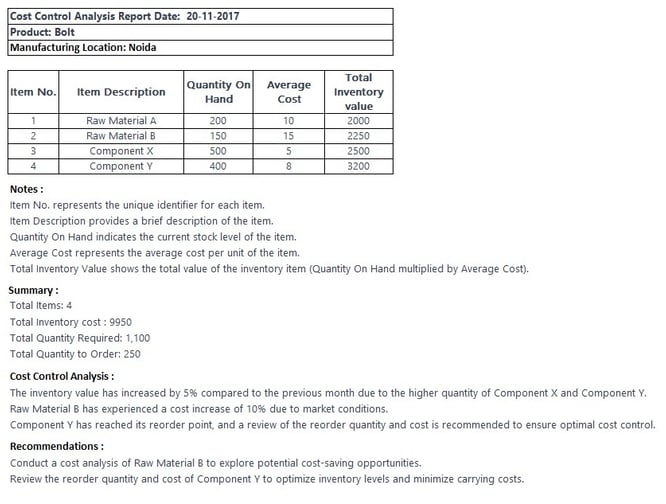The Role of Store/Inventory Department in the Manufacturing Industry
R.K Verma
6/16/2023








Introduction
In the dynamic landscape of the manufacturing industry, efficient management of store and inventory departments is crucial for optimizing operations, reducing costs, and meeting customer demands. These departments play a pivotal role in ensuring the smooth flow of materials and supplies throughout the manufacturing process. In this blog, we will explore the significance of the store/inventory department in the manufacturing industry and discuss strategies for effective management.
Importance of the Store/Inventory Department
Materials Availability and Management : The store/inventory department is responsible for ensuring an adequate supply of raw materials, components, and other necessary items required for the manufacturing process. By maintaining accurate inventory levels and anticipating demand, this department ensures seamless production flow, minimizing production downtime and delays.The document below illustrates a sample materials availability report, which provides an overview of the current inventory levels, projected demand, and upcoming procurement activities:
Strategies for Effective Store/Inventory Management
Implementing Inventory Control Systems : Utilizing modern inventory control systems, such as barcode scanners, RFID technology, or inventory management software, enhances the accuracy and efficiency of inventory tracking. These systems provide real-time visibility into stock levels, automate reordering processes, and facilitate data-driven decision-making.The following document showcases a sample inventory control system dashboard, providing an overview of inventory levels, reorder points, and stock movement:
Categorizing Inventory : Classifying inventory based on factors such as demand patterns, lead times, and criticality can aid in prioritizing and optimizing inventory management efforts. Categories like raw materials, work-in-progress (WIP), and finished goods enable better tracking and control over different stages of the manufacturing process.The document below presents a sample inventory categorization matrix, highlighting the classification of inventory items based on various criteria:
Embracing Just-in-Time (JIT) Principles : Just-in-Time inventory management principles aim to minimize inventory holding costs and reduce waste by receiving materials and producing goods in response to actual customer demand. By implementing JIT practices, manufacturers can reduce inventory levels while maintaining production efficiency.The JIT implementation plan below outlines the steps and timeline for adopting JIT principles within the store/inventory department:
Establishing Collaborative Relationships : The store/inventory department should foster collaboration with other departments, such as production, sales, and procurement. Regular communication and sharing of information between departments ensure a holistic understanding of inventory needs and enable better coordination in planning and execution.The document template provided below illustrates a sample interdepartmental communication log, facilitating effective communication and coordination between teams:
Continuous Process Improvement : Regular assessment and improvement of inventory management processes are vital for efficiency gains. Analyzing historical data, identifying bottlenecks, and implementing lean manufacturing principles can lead to reduced lead times, improved accuracy, and increased overall productivity.The document below demonstrates a sample process improvement plan, outlining the steps for identifying and addressing inefficiencies within the store/inventory department:
Conclusion
The store/inventory department is a vital component of the manufacturing industry, playing a pivotal role in materials availability, cost control, supply chain integration, and demand forecasting. By implementing effective inventory management strategies and embracing modern technologies, manufacturers can optimize operations, reduce costs, and enhance customer satisfaction. Investing in a well-managed store/inventory department sets the foundation for streamlined manufacturing processes, increased competitiveness, and overall business success.
Cost Control : Inventory represents a significant investment for manufacturers. Effective inventory management, facilitated by the store department, helps in optimizing stock levels to avoid excess or shortages. By minimizing carrying costs, obsolescence, and stockouts, manufacturers can reduce expenses and improve profitability.The following format demonstrates a cost control analysis report that highlights the cost-saving measures implemented by the store/inventory department:
Demand Forecasting and Planning : Through continuous monitoring and analysis of historical data and market trends, the store/inventory department assists in demand forecasting and planning. Accurate demand predictions enable manufacturers to align their inventory levels with customer demands, minimizing the risk of stockouts or overstocking. The example below demonstrates a demand forecast chart, which provides insights into projected customer demand and helps in determining optimal inventory levels:
Supply Chain Integration : The store/inventory department serves as a crucial link between the suppliers, production teams, and other departments within the organization. By coordinating with suppliers and monitoring delivery schedules, the department ensures timely availability of materials while fostering strong supplier relationships.To illustrate this integration, the document below showcases a sample supplier performance report, which tracks delivery timeliness, quality, and overall satisfaction:
